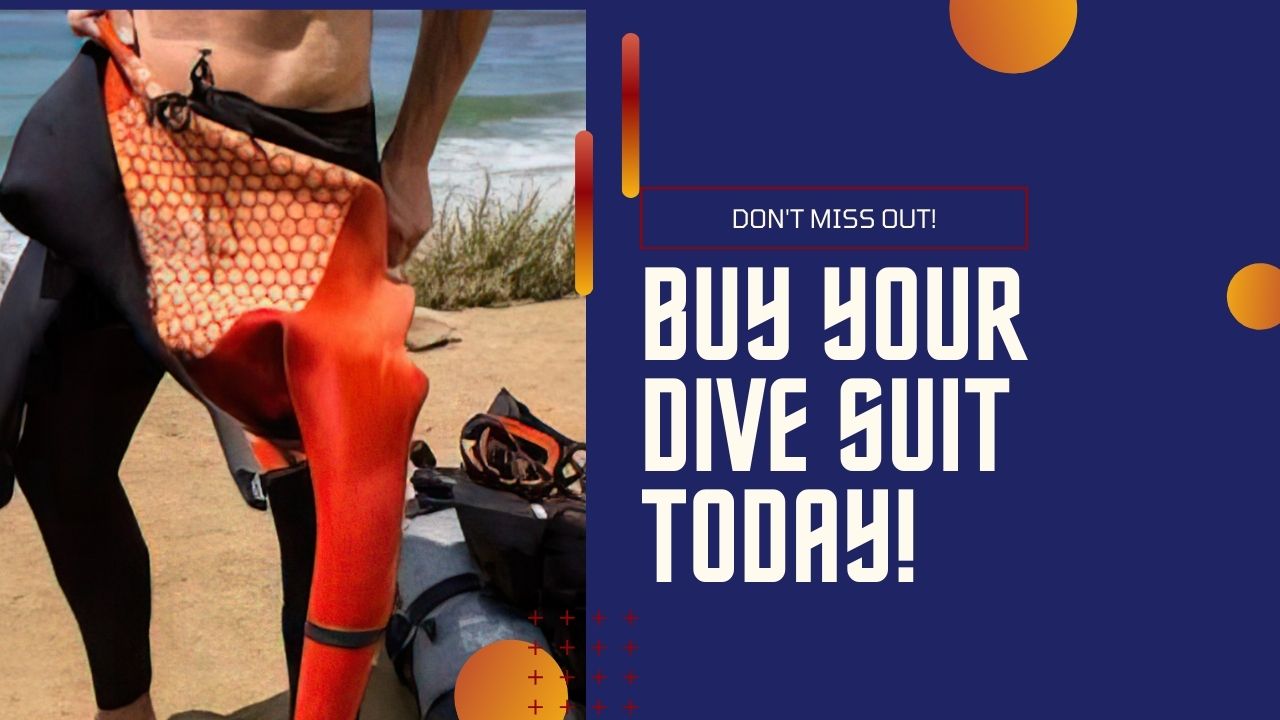You have 0 product(s) in your cart.
Abyss Scuba Diving
What Are Wetsuits Made Of? The Essential Guide To Wetsuit Materials
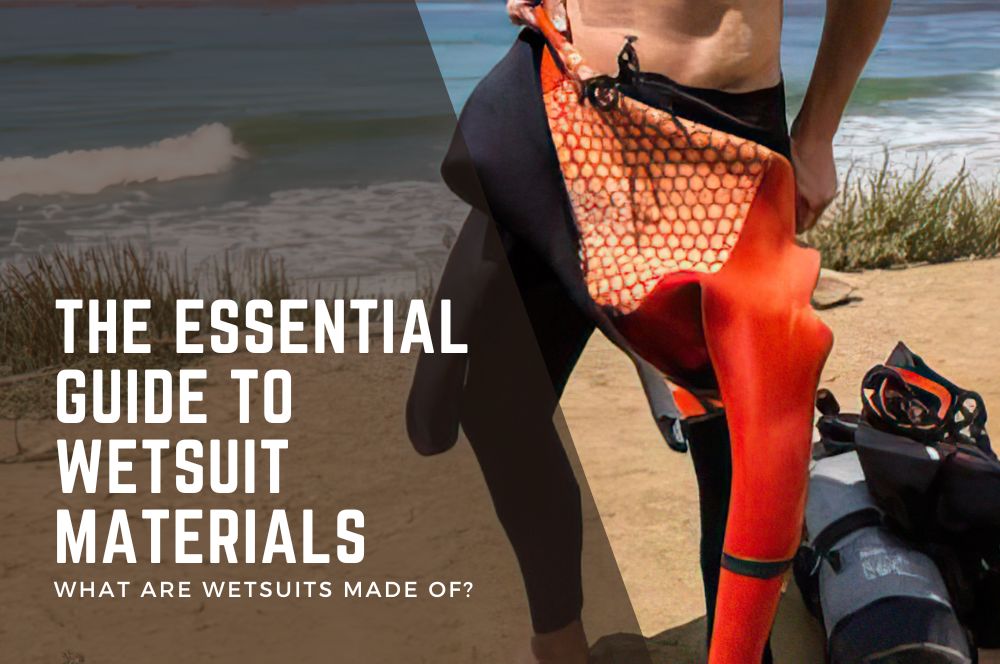
What Are Wetsuits Made Of? The Essential Guide to Wetsuit Materials
Curious about “what are wetsuits made of”? Neoprene is the go-to material, prized for its insulating properties that protect against the cold while providing flexibility. Used universally in wetsuit design, neoprene contains nitrogen bubbles that enhance insulation. Yet, the wetsuit industry is not static; new eco-friendly and high-performance materials are emerging. This guide unpacks the fabric of wetsuits, from the core components to the cutting-edge alternatives shaping the future of aquatic gear, all while answering the question: what are wetsuits made of?
Key Takeaways
-
Wetsuits are primarily made of neoprene, a synthetic rubber with excellent insulation due to nitrogen gas bubbles, and they come with variations like standard and high-stretch neoprene tailored for different body parts.
-
They are constructed using various construction techniques, including stitching like blind stitching, and materials like laminated fabrics to enhance their durability, fit, and thermal insulation.
-
Recent technological advancements in wetsuit materials such as OMNIRED Technology, which utilises infrared energy for warmth, and eco-friendly alternatives like limestone-based and plant-based neoprene, are improving performance and sustainability.
The Science Behind Wetsuit Materials
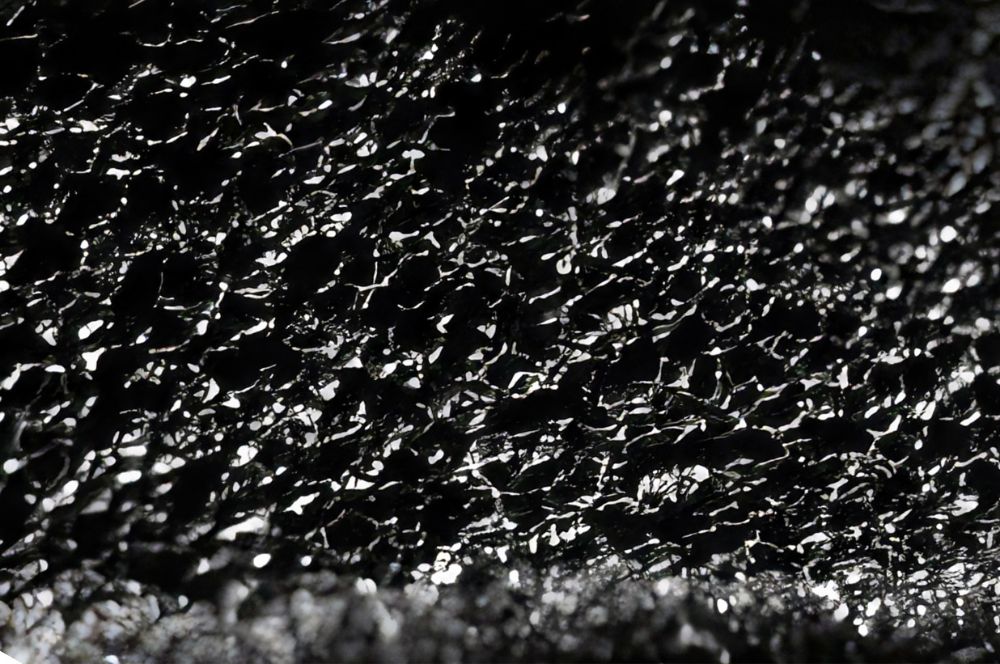
Every wetsuit fundamentally relies on neoprene, a synthetic rubber known for its excellent insulation, inherent flexibility, and water resistance. Nitrogen gas bubbles within the neoprene amplify its thermal insulation properties, which is vital for preserving the wearer’s body temperature, particularly in cold water conditions.
The role of neoprene extends beyond insulation. Neoprene foam used in wetsuits not only helps with insulation but also provides buoyancy, assisting swimmers to stay afloat. However, it’s worth noting that buoyancy can diminish with increased depth. Despite this, the benefits of neoprene make it the primary material in wetsuit manufacturing, but there’s more to neoprene than meets the eye, as we’ll see in the next section.
Neoprene Foam
Neoprene foam, often referred to as foamed neoprene, is a crucial component of any wetsuit. This foam has a closed-cell structure, with mostly unconnected gas bubbles. This unique structure prevents water absorption, providing thermal insulation and buoyancy. It’s the closed-cell neoprene that helps keep you warm, even in the chilliest of waters.
However, neoprene foams are not all the same. Various grades exist, each possessing distinct capabilities and traits, thereby providing a performance spectrum for diverse wetsuit applications. For instance, chemically manufactured neoprene is utilized for its good thermal insulation and resistance to water absorption.
Next, we will delve into the utilization of synthetic and natural rubber in wetsuit production.
Synthetic vs. Natural Rubber
The primary ingredient of wetsuit neoprene is carbon, commonly harvested from limestone, providing a synthetic rubber material prevalent in wetsuit manufacturing. Interestingly, limestone-based neoprene is less damaging to the environment compared to its oil-based counterpart, offering advantages in terms of environmental sustainability.
Innovation in wetsuit material has led to the creation of neoprene-free natural rubber alternatives, such as Lexcell. Collaborations between companies like SRFACE and Yulex are driving progress in developing sustainable, plant-based materials, like Yulex, that offer similar performance to neoprene with a lower environmental impact. Whether synthetic or natural, the kind of neoprene incorporated can significantly influence the performance of the wetsuit.
Types of Neoprene Used in Wetsuits
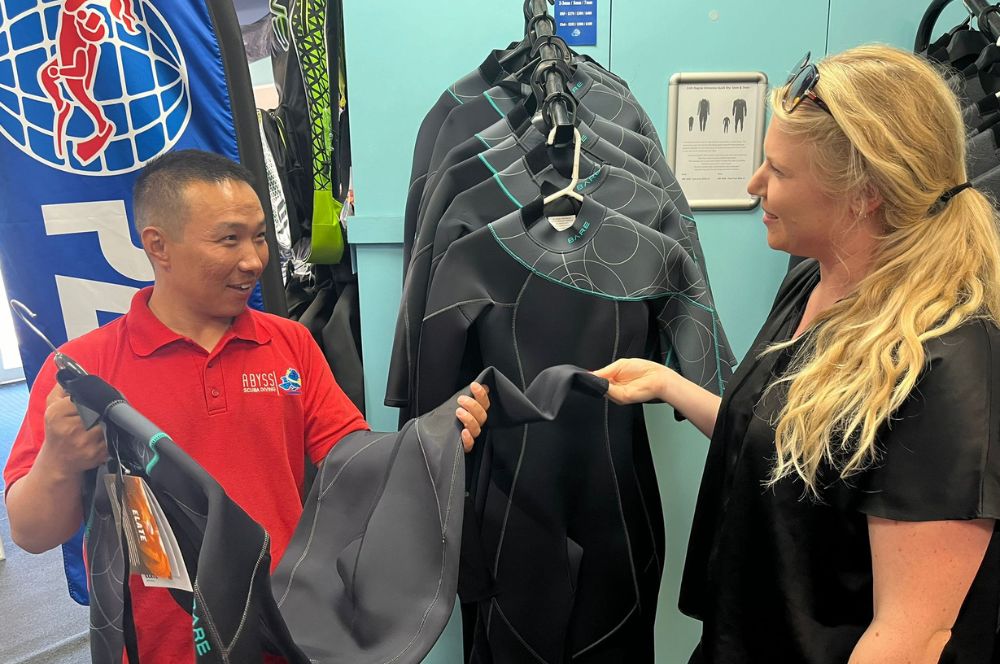
Wetsuits are constructed with various types of neoprene, such as standard neoprene and specialized forms that offer increased stretchability or features like nitrogen injection for superior insulation. These different types are utilized in specific wetsuit panels to enhance performance. For instance, smooth skin neoprene panels are often used on the chest area to block wind and absorb heat more efficiently.
Variations in the thickness and density of the neoprene material used can dictate neoprene’s performance characteristics, like insulation and flexibility, in wetsuits. For example, thicker neoprene in Super-Stretch Neoprene is engineered to offer a greater range of motion while providing additional durability and warmth, and Nitrogen-Injected Neoprene is distinguished by its lighter weight and increased buoyancy compared to traditional neoprene. Let’s investigate these types of neoprene further.
Standard Neoprene
The torso and limb areas of wetsuits typically employ standard neoprene, which is vital for retaining core body heat and warding off hypothermia. As body heat warms the neoprene, its general durability and adequate insulation properties make it a practical choice for the design of the torso and limb areas of wetsuits.
While standard neoprene may not offer the same level of stretchability as some other types, its benefits make it a valuable material for wetsuit manufacturers. However, when it comes to areas of the wetsuit that require more flexibility, such as the arms and shoulders, another type of neoprene, known as high-stretch neoprene, is typically used.
High-Stretch Neoprene
High-stretch neoprene is valued in wetsuits for its superior flexibility, allowing a greater range of motion compared to standard neoprene. In fact, it’s so flexible that it’s often used specifically in the arms and shoulders of high-performance wetsuits due to its lightweight and highly stretchable nature.
Neoprene’s flexibility can vary across types and brands, affecting the wetsuit’s stretch and fit. More flexible varieties generally provide a superior fit. This versatility and elasticity allow for the inclusion of additional items while maintaining a soft and lightweight structure within a wetsuit. However, the type of neoprene is not the only factor to consider when choosing a wetsuit; the cell structure also plays a crucial role.
Closed-Cell vs. Open-Cell Neoprene
Closed-cell and open-cell neoprene significantly differ in their ability to insulate and resist water absorption, critical factors that affect a wetsuit’s performance and the user’s warmth. Closed-cell neoprene provides better insulation and minimizes water absorption compared to open-cell neoprene, which may adhere closely to the skin but absorbs more water.
The choice between closed-cell and open-cell neoprene can impact the ease of getting into and out of the wetsuit; closed-cell neoprene generally allows for easier donning and doffing. In contrast, open-cell neoprene wetsuits often require the use of lubricants or soaps to facilitate the process of putting on and removing the wetsuit due to their more adherent nature.
Having explored the materials employed in wetsuits, we will now inspect the assembly process that creates the final product.
Wetsuit Construction Techniques
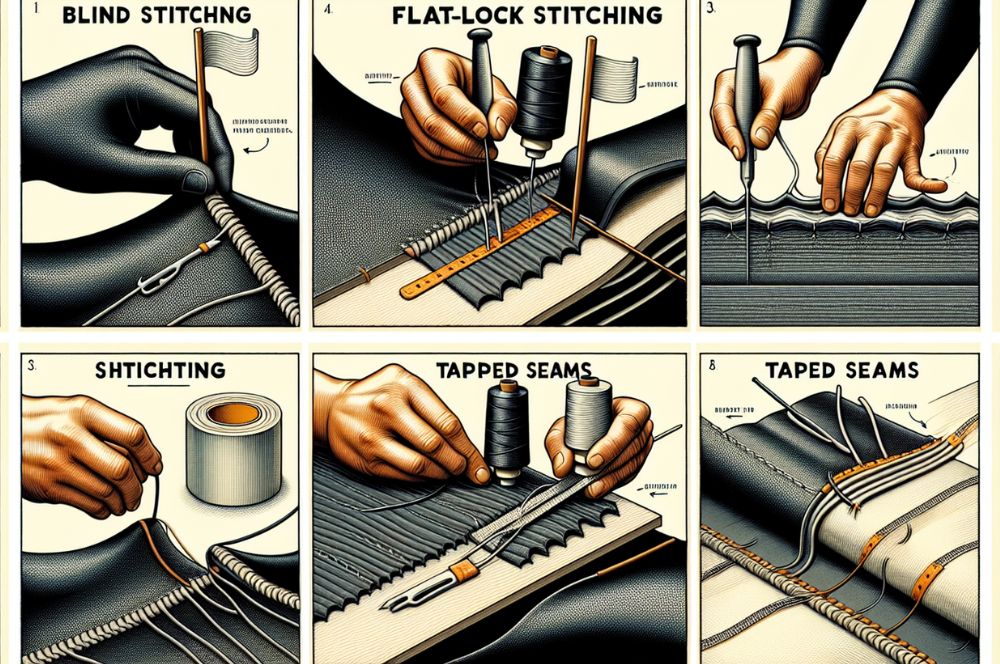
Wetsuits are constructed using a variety of stitching and sealing methods to ensure water protection and structural integrity. Some common methods include:
-
Blind stitching
-
Flatlock stitching
-
Taped seams
-
Glued seams
-
Heat sealing
-
Fluid seam welding
The construction quality of the seams greatly influences the flexibility and durability of wetsuits. Generally, wetsuits with more material in the seams to reinforce them are stronger but less flexible.
In addition to stitching methods, laminated fabrics such as smooth skin neoprene and seam taping with waterproof rubber backing are integrated into wetsuit design to enhance the warmth, reduce wind penetration, and strengthen seams for increased longevity. Let’s inspect these techniques further.
Stitching Methods
Stitching methods play a crucial role in the construction of wetsuits. Blind stitching, for instance, joins different pieces of neoprene without fully penetrating the material, using special glue to prevent needle holes and ensure insulation. This method prevents water from passing through the material, helping to maintain the body temperature of the wearer.
Another common method, known as Glued and Blindstitched (GBS) seams, provides watertight and durable seams, suitable for entry-level to mid-range wetsuits without fully penetrating the neoprene.
On the other hand, the Flatlock seam is the most basic and least expensive stitching method, used in thinner wetsuits but is less watertight and durable when compared to other stitching methods. Alongside stitching methods, laminated fabrics also play a significant role in wetsuit construction.
Laminated Fabrics
Laminated fabrics are used in wetsuits for the following reasons:
-
To increase tear resistance and durability, enhancing the overall longevity of the wetsuit
-
These fabrics are typically made from polyester, nylon, spandex, lycra, or a combination thereof
-
They are used as inner linings in wetsuits
Materials like nylon or spandex not only reinforce the neoprene but also contribute to the user’s comfort and flexibility during water activities. These fabrics simplify the process of putting on and taking off the wetsuit, while also preventing premature neoprene wear and tear.
Next, we will address some recent advancements in modern wetsuit technology.
Innovations in Wetsuit Technology
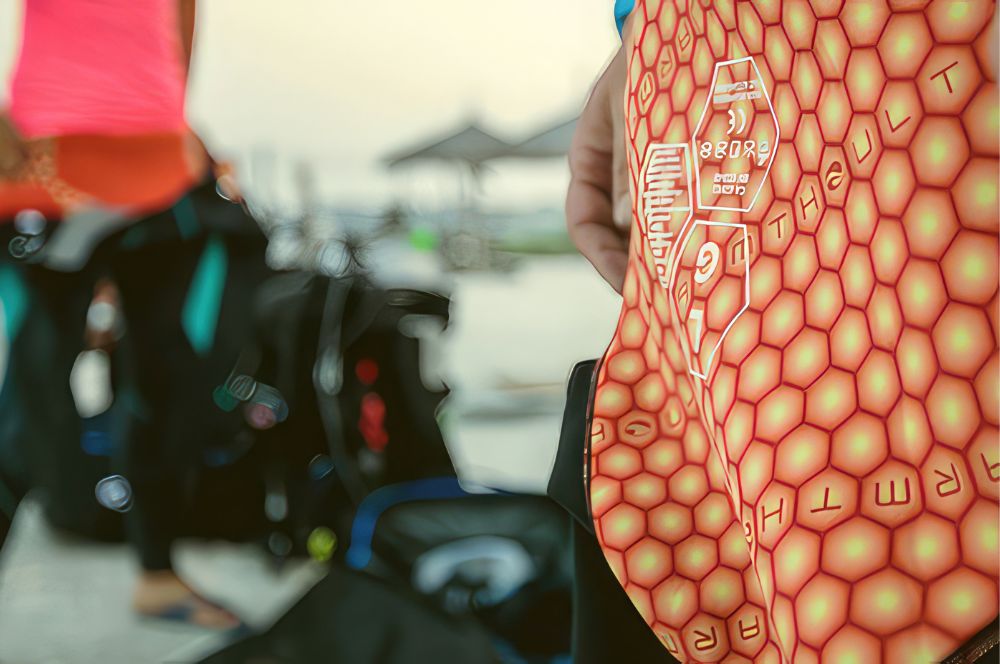
Recent years have seen significant advancements in wetsuit technology, with innovations such as:
-
Air neoprene, which features a layer of perforated neoprene to improve insulation by trapping air, allowing premium wetsuits to remain thin yet warm
-
Yamamoto neoprene, which is known for its high-quality and flexibility
-
Smooth skin neoprene, which has a smooth outer surface to reduce drag in the water
-
OMNIRED Technology, which uses infrared technology to reflect body heat back to the wearer, keeping them warmer for longer
These advancements offer exciting possibilities for wetsuit performance and comfort.
Yamamoto neoprene, derived from limestone, offers superior water impermeability and durability, positioning it as a top-tier material for wetsuit construction. Meanwhile, smooth skin neoprene enhances a wetsuit’s wind resistance, adding to the overall warmth by lowering wind chill effects. One of the most exciting advancements in recent years is the use of double lined neoprene, which provides additional insulation and comfort. In contrast, single lined neoprene offers a more lightweight and flexible option. OMNIRED Technology, which we’ll explore in the next section, is another significant development.
OMNIRED Technology
OMNIRED Technology is a game-changer in the world of wetsuits. This technology uses 13 thermo-reactive minerals to convert a diver’s body heat into infrared energy. These minerals are embedded into the wetsuit’s fabric, which then reflects the generated infrared energy back towards the diver’s body, enhancing a diver’s warmth and aiding in recovery.
Ultrawarmth products with OMNIRED Technology have been verified to offer superior thermal protection compared to similar products in the diving industry. This technology is integrated into Ultrawarmth products, which we’ll cover in the subsequent section.
Ultrawarmth Products
Ultrawarmth products are an extension of OMNIRED Technology, offering the following features for divers:
-
Enhanced insulation
-
Hydrophobicity
-
Quick-drying properties
-
Anti-microbial defenses
The materials used in Ultrawarmth products are thoroughly tested for flexibility and comfort, adhering to high standards of fit and innovation.
The Ultrawarmth product lineup is designed to provide thermal protection and keep the body warm for divers, consisting of:
-
Wetsuits
-
Base layers
-
Vests
-
Gloves
-
Hoods
-
Boots
These products also feature hydrophobicity, quick-drying attributes, and anti-microbial defenses to maintain hygiene and comfort. Accessories in the Ultrawarmth lineup, such as vests, gloves, hoods, and boots, provide an elevated level of warmth and performance.
How to select the right wetsuit for your needs? Let’s delve into that now.
Choosing the Right Wetsuit for Your Needs
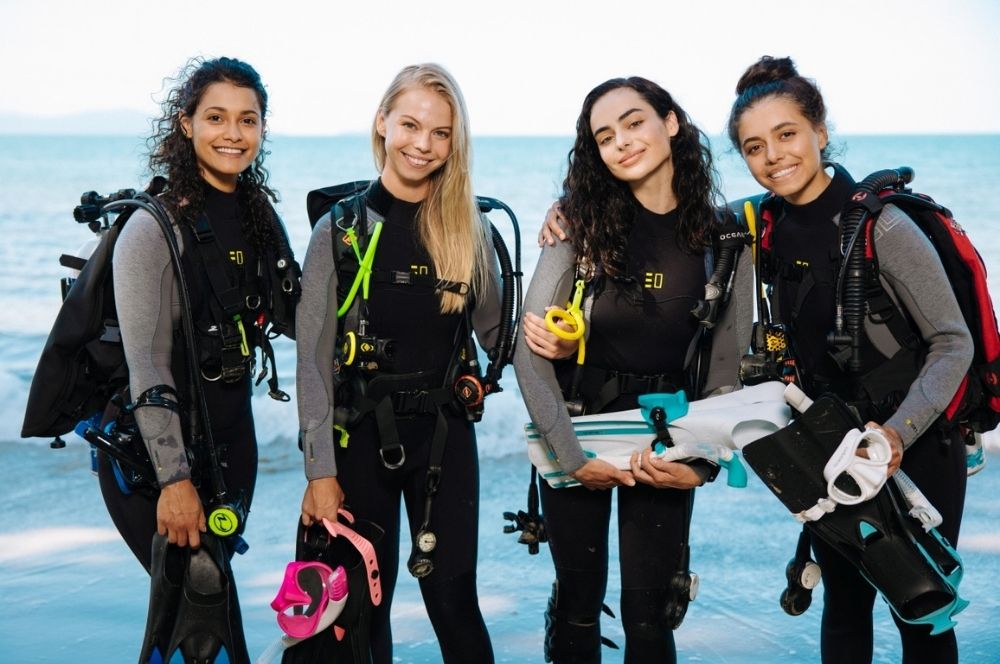
When it comes to choosing the right wetsuit, several factors come into play, such as water temperature, intended activity, and personal preferences. Ensuring a snug fit for a wetsuit is imperative, as this minimizes water intrusion and movement, crucial factors for retaining body warmth. However, overly tight wetsuits may lead to discomfort, making it important to find a balance between a close fit and comfort.
Different activities may require wetsuits of varying thicknesses, and there are multiple thickness options available to suit these needs. High-stretch neoprene materials aid in crafting wetsuits that adhere better to the body’s contours, providing a more precise and flexible fit. Personal preferences should guide the selection of a wetsuit, ensuring that the wetsuit functions effectively without being uncomfortably tight.
Water Temperature
Water temperature significantly influences the necessary thickness of your wetsuit. Thicker wetsuits provide more insulation, making them ideal for colder waters. The thickness of a wetsuit is measured in millimeters and typically uses two numbers to indicate the different thicknesses for the torso area versus the extremities.
For instance, for water temperatures between 18°C - 20°C, a 2 mm shorty wetsuit is recommended; for 12°C - 17°C, a 3/2 mm or a 4/3 mm wetsuit is suitable; and for cold waters of 8°C - 11°C, wetsuits should be 4 mm around the core with 3 mm at the arms and legs or 5/4 mm overall.
In winter conditions or water temperatures below 3°C, wetsuits with 7 mm thickness or more are recommended to ensure adequate insulation. However, water temperature isn’t the only factor to consider; the intended activity also plays a significant role.
Intended Activity
Optimal performance necessitates different wetsuit designs for various water activities. For example, surfers select wetsuit thickness between 2mm to 7mm based on the average water temperatures at their local surf spots. A thin layer of material can make a significant difference in comfort and warmth. Various wetsuit designs exist to cater to specific preferences and conditions, such as hooded full wetsuits for cold environments and long john/jane wetsuits for arm mobility.
Features like bootees are incorporated into wetsuits to enhance grip on a surfboard in colder weather, while roughened surfaces on triathlon wetsuits increase drag to aid swimming. Therefore, understanding your intended activity and its specific requirements can greatly assist in choosing the right wetsuit.
Summary
From the science behind wetsuit materials to the types of neoprene used and the latest innovations in wetsuit technology, we’ve covered significant ground in understanding what wetsuits are made of and how they function. Having the right wetsuit can make a world of difference in your water activities, whether you’re surfing, diving, or participating in a triathlon. The best wetsuit for you depends on a variety of factors, including water temperature, your intended activity, and personal preferences. With the knowledge you’ve gained from this guide, you’re now equipped to make a more informed decision when selecting a wetsuit that best suits your needs.
Frequently Asked Questions
What is the primary material used in wetsuits?
The primary material used in wetsuits is neoprene, known for its insulation, flexibility, and water resistance.
What is the difference between closed-cell and open-cell neoprene?
The key difference between closed-cell and open-cell neoprene is their insulation and water absorption properties, which affects a wetsuit's performance and warmth.
What is OMNIRED Technology?
OMNIRED Technology uses 13 thermo-reactive minerals to convert body heat into infrared energy. It helps to keep the body warm and conserve energy during a dive.
How do I choose the right wetsuit?
To choose the right wetsuit, consider factors such as water temperature, intended activity, and personal preferences.
What wetsuit thickness should I choose for cold water?
You should choose a wetsuit with a thickness of 7 mm or more for water temperatures below 3°C to provide "adequate insulation and warmth.
Related Posts
-
Explore in Comfort: Find the Best Dive…
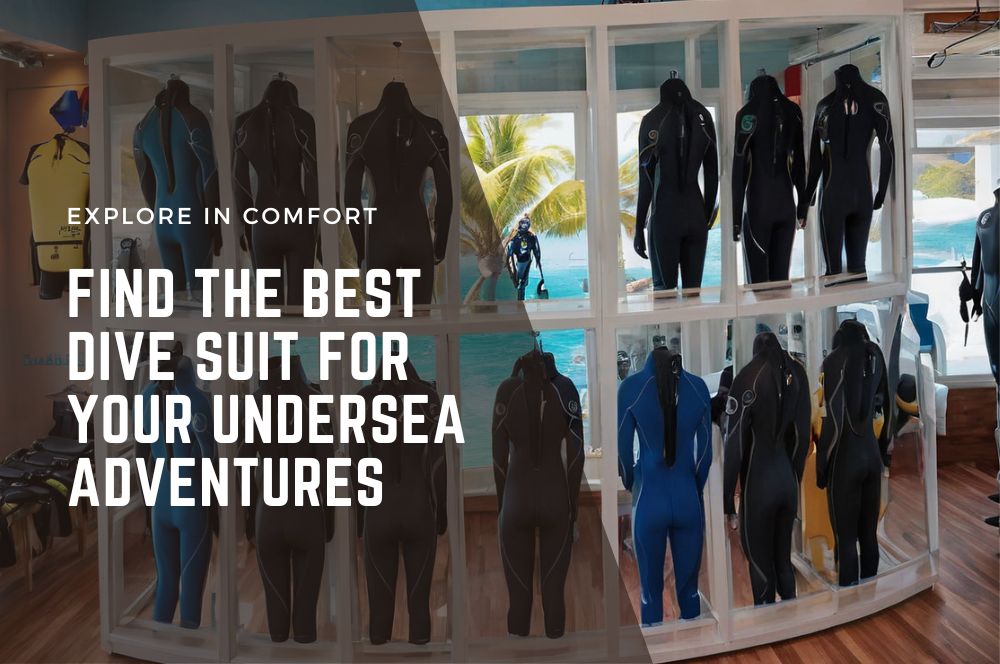
Explore in Comfort:…
Explore in Comfort: Find the Best Dive Suit for Your Undersea Adventures Finding the right dive suit can […] -
Exploring the Future of Scuba Diving…

Exploring the Future…
The Future of Scuba Diving: Innovative Gear Transforming Underwater Exploration In the ever-evolving world […] -
Ultimate Guide to Choosing the Perfect…
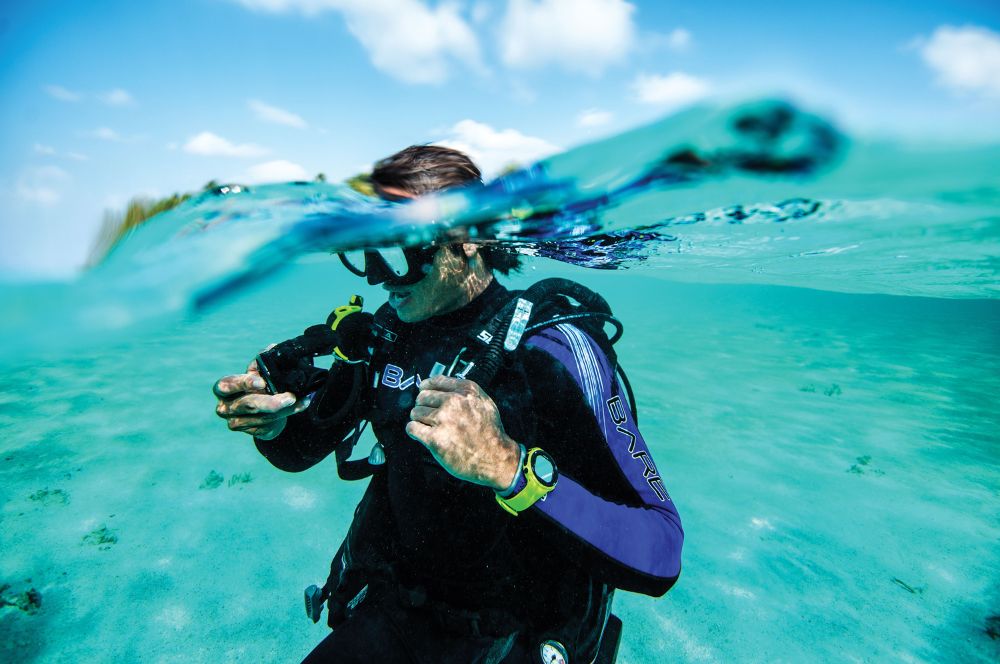
Ultimate Guide to Choosing…
How to Choose the Perfect Diving Suit: Your Ultimate Guide Scuba diving is an exciting and adventurous way […] -
How long do wetsuits last?
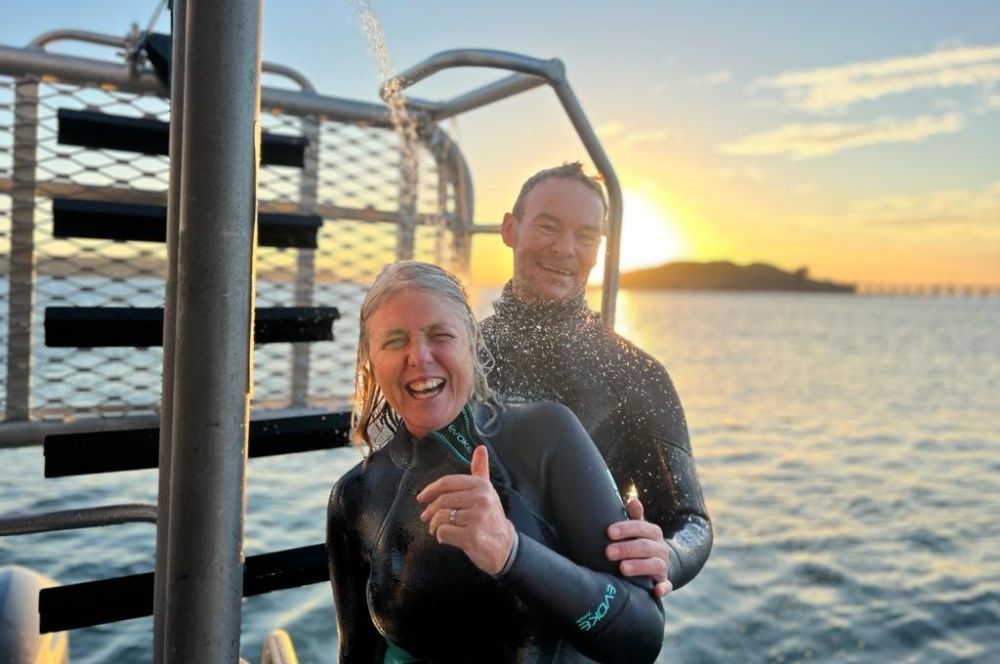
How long do wetsuits…
How long do wetsuits last? This should help to dispel some myths - wetsuits do not need to be replaced every […]
Recent Posts
